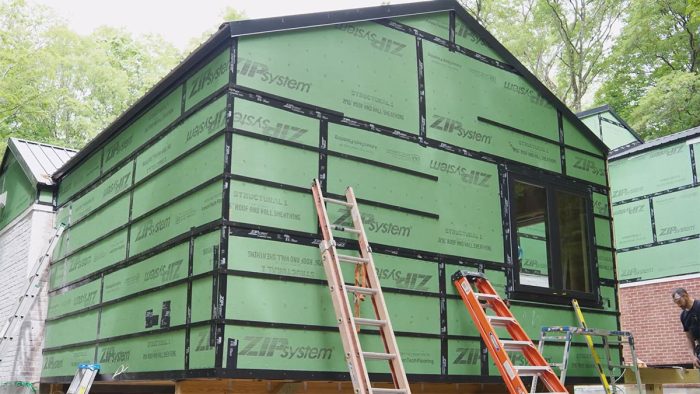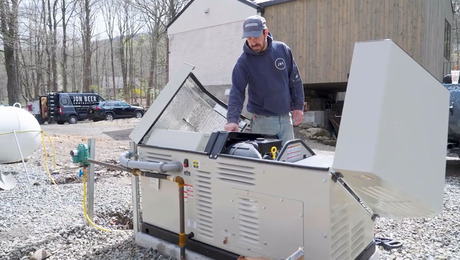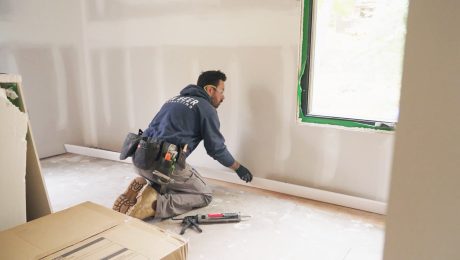Rainscreens for Vertically and Horizontally Oriented Siding
Jon Beer explains what rainscreen products from Cor-A-Vent he used to ensure durable siding with good moisture management.
Sponsored by Cor-A-Vent
A rainscreen is a critical component of most siding assemblies to ensure proper moisture management. At the job site for FHB New York, homeowner and builder Jon Beer explains the how he used products from Cor-A-Vent to install rainscreens under both horizontal and vertical siding. Watch the video or read the transcript to learn more.
Here’s the transcript:
Welcome to the Fine Homebuilding House in New York. As you can see, we’ve just about wrapped up our siding, and in order to create a long-lasting durable wall assembly, it’s really important to install a rainscreen before siding. The rainscreen allows the siding to breathe from the back side, and it also allows water to exit the wall assembly and maintain a drainage plane. To do that on this project, we used a variety of Cor-A-Vent products. Let’s take a look.
On the shop we have a horizontally oriented wood hemlock siding, and in order to create a rainscreen we used two different products from Cor-A-Vent. We started with the SV-3, which is the ventilation strip with the bug screen, on the bottom of the wall first. We worked all the way around the perimeter and then worked up with the Sturdi-Strips from there, eventually terminating at the top of the wall. Our goal was to totally complete the rainscreen first before we did any siding.
I really like the SV-3 with the integrated bug screen because it saves us a lot of time during the rainscreen install. Typically we would install a furring strip and then a piece of mesh to prevent bugs from entering the wall cavity. With the SV-3 strip, that mesh is glued directly onto the corrugated plastic, so we are installing the rainscreen and the bug protection all at the same time.

On the house we have vertically oriented siding, which means that we’re installing a horizontally oriented rainscreen. We still use a Cor-A-Vent product, but we switched to the Sturdi-Batten instead of the Sturdi-Strip, and we still use the SV-3 at the top and bottom of the wall, which in this case was installed while we did the siding. The cool thing about the Sturdi-Batten is that even though it’s a horizontal furring strip, the holes in the corrugated plastic are oriented vertically. This maintains a drainage plane for water to escape, and it allows air to circulate behind the siding.
One of my favorite things about working with Cor-A-Vent products is their ease of installation. Because the strips are fairly small—they’re only 4-ft. long and lightweight—I can take an entire box up in a lift with me and install the rainscreen and the siding at the same time. Because they’re made out of corrugated plastic, you have the ability to cut them without any kind of power tools, so I can cut them with the utility knife and put them up at the same time that I’m installing siding.
RELATED STORIES






































